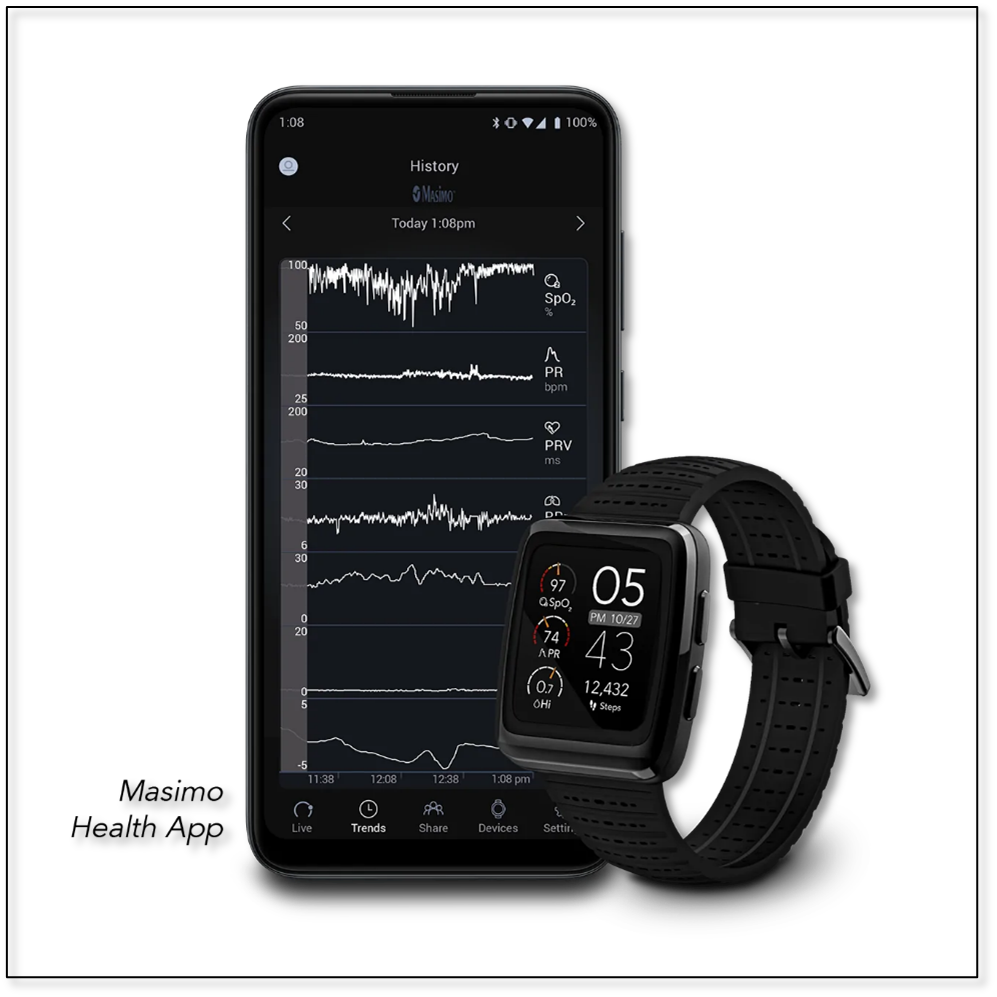Is Apple Going Internal?
We agree that Apple has been researching Micro-LEDs for a number of years, working with AU Optronics (2409.TT), Ennostar (3714.TT), and a number of other suppliers to develop a cost-effective way to use the technology, as it did with OLED technology, and it does with almost all other potential display technologies. Spending ~8.3% of sales on R&D such programs at Apple are and have been extremely comprehensive, with considerable time spent evaluating the current state of display technologies, and doing original research to see if some of the stumbling blocks to mass production can be removed. This certainly carries over into silicon, where Apple designs its own processors and a number of other more specialized chips as shown in Figure 1.
Apple, whether you are a fan or not, is known for setting high quality standards for its components, particularly displays, and those high standards have led to Samsung Display’s dominance as an Apple display supplier, given their many years of experience in RGB OLED technology. Apple has been especially slow to bring in new display technologies, waiting until early products have shown flaws and technical miscalculations, to avoid tarnishing the Apple image. During the ‘learning’ period, Apple has consistently worked with such new technologies and partnered with display producers, both to develop specifications and to improve the manufacturing process. In that regard, Apple engineers have developed tools and equipment for pilot lines and specifically approve key tools used by suppliers before approving production.
But we note that Apple is a design and marketing company, and contracts production and assembly to others. In some cases they contribute to that production by funding the construction of dedicated facilities as an advance against future production, but rarely, if ever, is Apple a mass producer of its own components, and the silicon mentioned above is designed by Apple but produced by others, such as Taiwan Semiconductor (TSM), Samsung Electronics (005930.KS), Intel (INTC), IBM (IBM), and Global Foundries (GFS). While we would expect that Apple will eventually move its Micro-LED R&D from the lab to use in a product, we expect Apple will source the Micro-LED display to an outside supplier, likely someone who has contributed to R&D. As Micro-LED displays are produced using technology that is different from LCD or OLED technology and more similar to the production of LEDs, which are grown on sapphire or GaN (Gallium Nitride) and then transferred to a glass substrate, Apple’s choice of suppliers will depend entirely on both the experience of the Micro-LED producer and their ability to produce such displays in large quantities.
Given that the technology for Micro-LEDs is still being developed and mass production techniques are changing almost daily, it would be hard to know who Apple might choose to produce their first commercial Micro-LED displays, and more important, who would be able to sustain that production. With the playing field that wide open, it is up to current display producers as to how much they would invest in the technology to reap the benefits of being a major supplier to Apple, along with LED producers who might develop the technology as an adjunct to their current LED production businesses. If Apple were to decide it needed absolute control over Micro-LED display production, it would have to make additional investments in building a mass production facility, likely costing billions, and would be taking on the risk of managing more leverage to the macro environment. They would lose the ability to pit one supplier against another, which they have now, that allows them pricing leverage, and they would have to carry much larger PPE on their balance sheet, so in the long run, that loss of absolute control over pricing, process, etc. would be counterintuitive to Apple’s mandate.
More to the point would be the timeline that Apple might use to develop and commercialize what it has learned about Micro-LED display production, and that will likely happen more slowly than expected, as Apple is less of a technology pioneer than a reputation marketer. A blot on that reputation from a product glitch or a move that could alienate a loyal customer base would upset the apple cart (sorry) far more than having to maintain an over-the-shoulder position with your key suppliers, or deal with a supplier that pushes back a bit because of their dominant technological or manufacturing position. Apple is among the most customer-centric companies in the CE space and its reputation is far more valuable than its technology in our view. Apple’s supply chain is among the best in the space and its control over its suppliers is legendary. Why change it to gain a bit more control?










 RSS Feed
RSS Feed